North Carolina is a great place to live, especially during the summer. People can go fishing or cool off along the many coastal areas in the state. However, North Carolina can experience some extreme weather, especially during the late summer months. Tropical cyclones, like hurricanes, are powerful storms that strike North Carolina somewhat often. While some of them are weak, others are incredibly powerful. Take a look at the 5 most powerful hurricanes to ever hit North Carolina and see how strong they were, where they hit, and more!
What Are the 5 Most Powerful Hurricanes to Ever Hit North Carolina
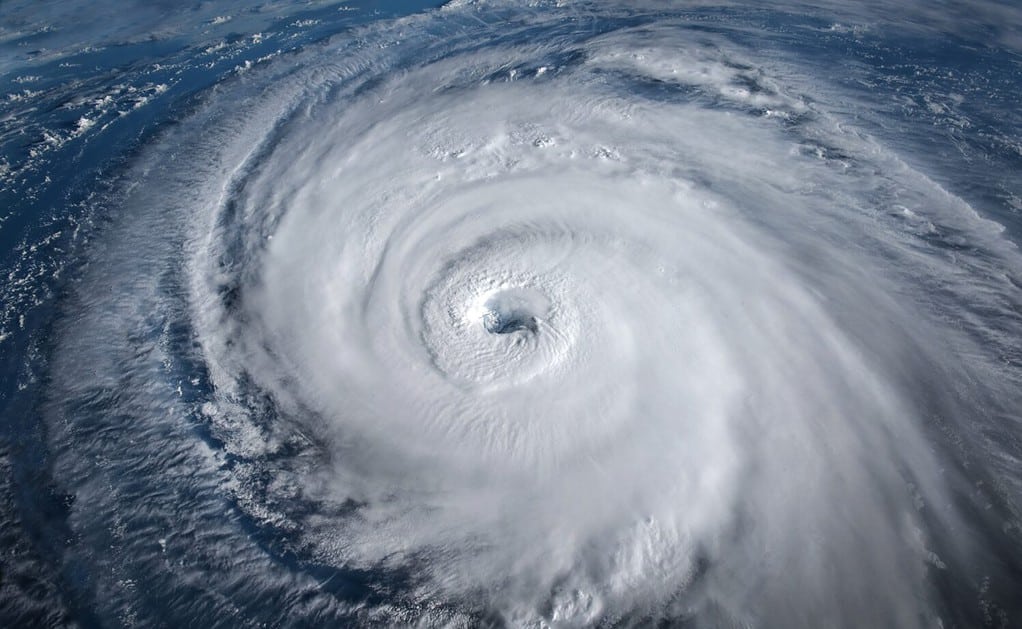
Only one Category 4 hurricane has made landfall in North Carolina.
©Triff/Shutterstock.com
Hurricanes strike North Carolina somewhat frequently. The hurricane season in this region is between June 1 and November 30. Typically, North Carolina receives most of its memorable hurricanes in August, September, and October.
Roughly 387 tropical cyclones have struck the state in the last 170 years. The fact that the state’s border sticks out into the Atlantic Ocean makes this area susceptible to tropical cyclones that impact the East Coast.
Fortunately, powerful hurricanes rated Category 3 or higher rarely hit the region. Also, the state has only had a few brushes with Category 5 hurricanes in the past, but their strength diminished before striking the area. Consider the following five most powerful hurricanes to ever hit North Carolina and see just how strong they were.
5. Hurricane Diana, 1985
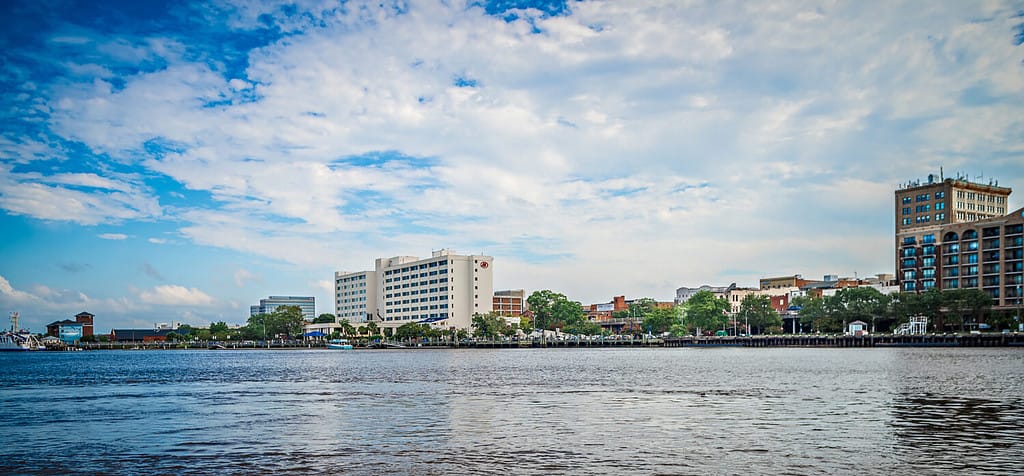
The hurricane made landfall just south of Wilmington.
©digidreamgrafix/Shutterstock.com
| Date | Wind Speed | Landfall Location |
|---|---|---|
| September 13, 1985 | 100 mph, down from 130 mph off the coast. | South of Wilmington, North Carolina |
Hurricane Diana struck North Carolina on September 13, 1985. If not for a frontal system pushing from inland, the hurricane probably would have made landfall on September 11th or September 12th.
Why does the day the hurricane hit matter? Well, if that front had not caused Hurricane Diana to perform a cyclonic loop, it would have hit the area with 130 mph winds instead of 100 mph winds. Fortunately, the storm struck as a Category 2 instead of a Category 4.
The damage from this storm was bad enough, especially in Wilmington, North Carolina near the landfall site. Also, Carolina Power and Light Brunswick Nuclear Power Plant became the first nuclear power plant to take direct hurricane-force winds, but it remained undamaged.
4. Hurricane Fran, 1996

Hurricane Fran struck at Cape Fear.
©Gary C. Tognoni/Shutterstock.com
| Date | Wind Speed | Landfall Location |
|---|---|---|
| September 6, 1996 | 115 mph | Cape Fear, North Carolina |
Hurricane Fran is the strongest tropical cyclone to hit North Carolina this century. The hurricane struck the state on September 6, 1996, and it brought sustained winds of 115 mph to the shores of Cape Fear where it made landfall. That made Hurricane Fran a Category 3 storm.
The powerful hurricane claimed 13 lives and did more than $4 billion in damage to North Carolina alone. The storm pushed as far inland as Raleigh, weakening as it went. People in North Carolina hope that no storm matches this one’s power going forward.
3. The San Ciriaco Hurricane, 1899
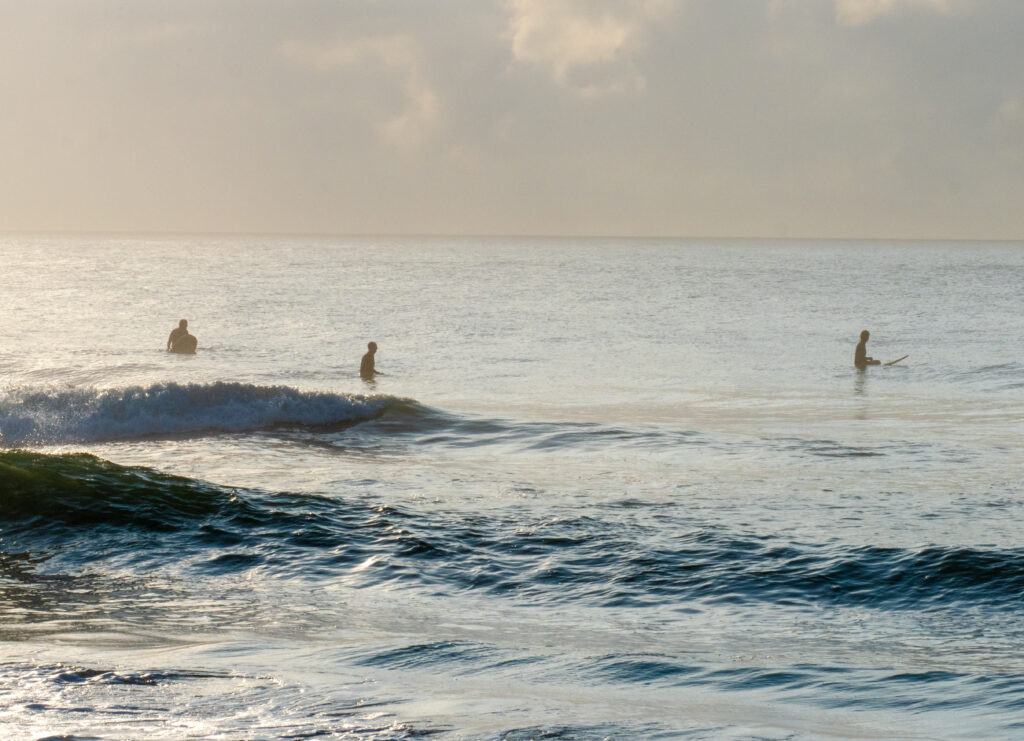
Surfers in the water during morning on Hatteras Island, the place where the hurricane made landfall.
©iStock.com/Kyle Little
| Date | Wind Speed | Landfall Location |
|---|---|---|
| August 18, 1899 | 120 mph gusts | Hatteras, North Carolina |
The San Ciriaco Hurricane of 1899 is famous for being one of the most powerful hurricanes to ever hit North Carolina as well as the hurricane that lasted the longest in Atlantic Ocean waters. Officially, the hurricane does not have a name.
Instead, the hurricane is named after the day on which the hurricane first made landfall in Puerto Rico. The cyclone struck on August 8, 1899, during the feast of Saint Cyriacus. In Spanish, the name is San Ciriaco.
The storm brought wind gusts of 120 to 140 mph to Hatteras, North Carolina. The winds may have been even higher because the wind and storm surge destroyed the meteorological instruments in the area. The entire island was covered by water up to 10 feet deep, destroying homes, piers, boats, and bridges.
2. Great Beaufort Hurricane of 1879

Beaufort Harbor, the area where the hurricane made landfall.
©Dawn Damico/Shutterstock.com
| Date | Wind Speed | Landfall Location |
|---|---|---|
| August 18, 1879 | 115 sustained, 138 mph gusts at Cape Lookout. | Beaufort, North Carolina |
The Great Beaufort Hurricane is named because it made landfall at Beaufort, North Carolina. The storm arrived with sustained winds of 115 mph, but they went much higher.
In fact, meteorologists do not know how strong the winds reached at Cape Lookout because the winds destroyed the anemometer used to measure wind speed. The last reading was 138 mph, and some estimates put the winds higher, over 160 mph.
Fortunately, the storm only grazed North Carolina instead of pushing inland where it would have caused more damage and deaths. As it stands, the hurricane killed 46 people and caused vast damage in North Carolina and Virginia.
1. Hurricane Hazel, 1954 – the Most Powerful Hurricane to Hit North Carolina
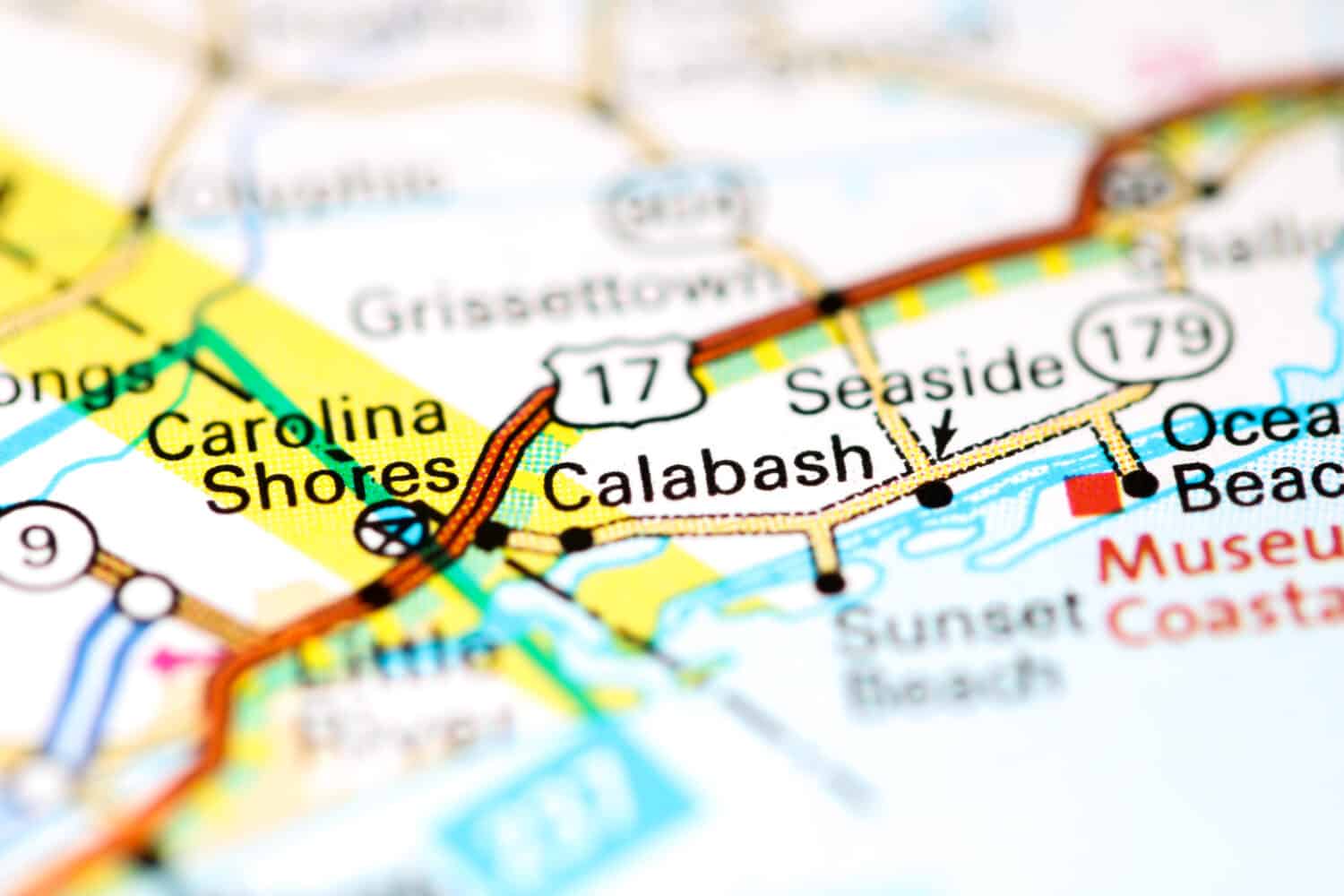
Hurricane Hazel, the most powerful hurricane to hit North Carolina, made landfall in Calabash.
©SevenMaps/Shutterstock.com
| Date | Wind Speed | Landfall Location |
|---|---|---|
| October 15, 1954 | 130 mph sustained (estimated), about 150 mph gusts at the coast. | Calabash, North Carolina |
Hurricane Hazel was the most powerful hurricane to ever hit North Carolina, making landfall at Category 4 strength on October 15, 1954. The hurricane made landfall near the border between North Carolina and South Carolina.
The storm brought consistent winds of 130 mph to the coast of North Carolina and even stronger wind gusts. This incredibly powerful storm wiped out homes, forests, and lives. The hurricane smashed through the center of North Carolina, killing 19 people, injuring hundreds, and destroying over 10,000 homes. The hurricane caused hundreds of millions of dollars of damage.
The storm will always be remembered for both its intensity as well as how late it appeared in the season.
The Absence of Some Hurricanes on the List
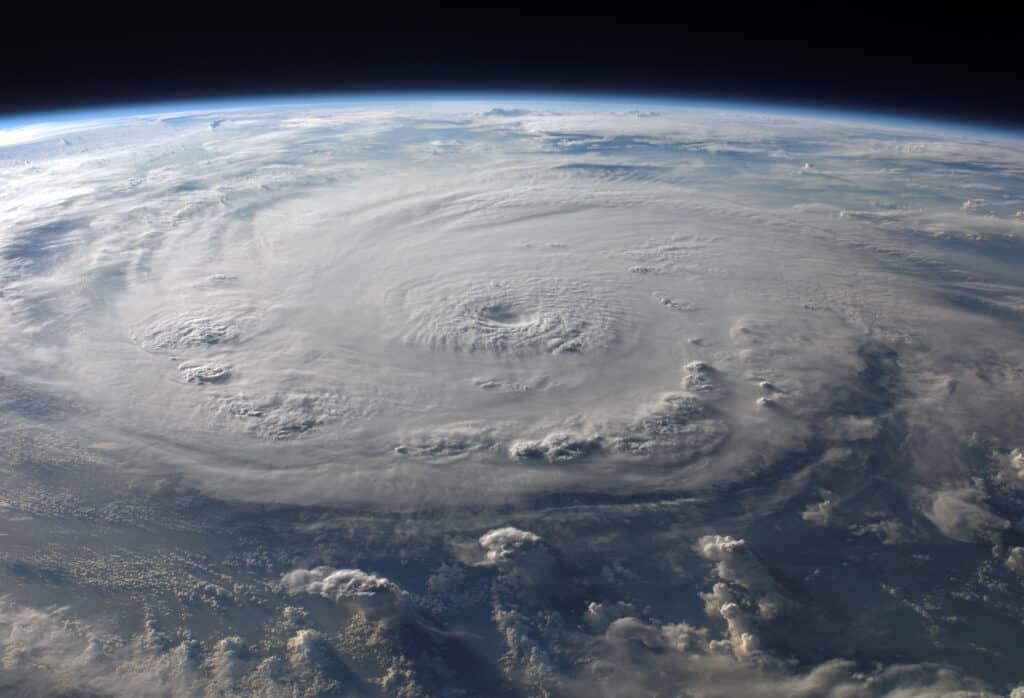
Hurricane Katrina as seen from space.
©LiL SUS/Shutterstock.com
One may look at this list and see some notable absences, like Hurricane Helene. That Category 4 storm passed near North Carolina in September 1958. While it was certainly one of the most powerful to move through the area, the storm never made landfall.
As a result, it’s not fair to consider it one of the most powerful hurricanes to ever hit North Carolina. That does not mean the state was free from feeling the effects of the storm, though. Instruments in Wilmington measured wind gusts reaching 135 mph!
The same reasoning applies to the 1944 Great Atlantic Hurricane that packed winds of about 160 mph but passed off the coast of North Carolina before striking Long Island. For now, the list of the most powerful hurricanes to ever hit North Carolina is led by Hurricane Hazel.
Summary of the Most Powerful Hurricanes to Ever Hit North Carolina
| Ranking | Hurricane | Category at Landfall |
|---|---|---|
| 5 | Hurricane Diana | 2 |
| 4 | Hurricane Fran | 2 |
| 3 | The San Ciriaco Hurricane | 3 |
| 2 | Great Beaufort Hurricane of 1879 | 3 |
| 1 | Hurricane Hazel | 4 |
Thank you for reading! Have some feedback for us? Contact the AZ Animals editorial team.








